Buying a TV is something you never would have given much thought to. In fact, you would just go to a showroom and either pick the brightest TV or the one the sales person recommends. In reality, when TV’s are displayed at showrooms they need to compete with the already bright lights of the showroom which is why they are displayed at full brightness and contrast. This will translate to a poorer quality TV after you reach home. Also, depending on a salesperson is wrong as they usually only sell TV’s that have greater margins. Manufacturers who do not spend much on Research and Development are the ones who give higher margins to the showrooms. So, in reality choosing a TV your salesperson recommends might be the wrong decision.
How to select a TV
In a way, the brighter the TV, the better it is. However, this does not translate to every TV. When selecting one out of hundreds from a showroom, it is important to learn stuff about the TV so that you can be sure that you are making the right choice. Everyone cannot test a TV like professionals do but here are some tips you can use to select the right one. The following are some aspects about it that you can check on your own at any showroom. This will help you choose the right one for your home:
Contrast Setting:
This is usually expressed as a ratio. It is the ratio of the brightest to darkest colours your TV can produce. Simply put, a higher contrast ratio will mean a better picture on screen and a better TV overall. The contrast ratio also decides how deep black will be and how bright white will be on your screen.
Brightness:
In a general sense, brightness is the luminosity a source emits. However when it comes to displays, the red, green and blue components of the source are often reduced or dimmed to achieve the perfect black level. This black level will give you a TV with the proper brightness.
The Colour Gamut:
A colour gamut is the complete range of colours that a TV or any other display screen can produce. A larger colour gamut is obviously better. A larger colour gamut translates to more colours and a better viewing experience. The colour gamut is often shown as a triangle encompassing the primary colours. This is due to the limitation of the human eyes. The main thing when selecting a TV is to look for a wide colour gamut.
Response Time:
This is a very important aspect of a TV. The response time is usually how long it takes for a pixel to change state. Among the millions of pixels in a TV, every single one needs to be calibrated so that response time is kept at a minimum. A quicker response time helps you have a better experience while playing fast video games.
This information is very helpful to anyone looking to buy a TV. Now that you know what these terms mean, you can approach your sales person and quiz them on these bases and select the best one that you can buy. Happy TV Shopping!
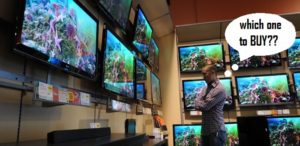
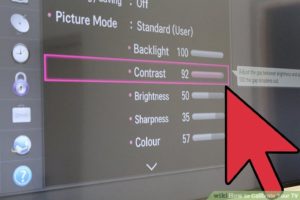
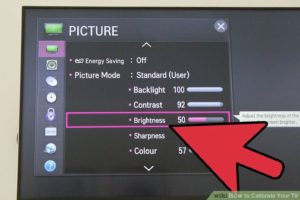
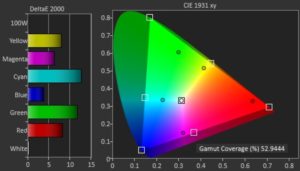
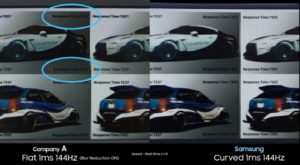
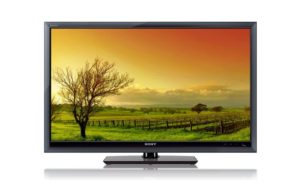

Leave a Reply